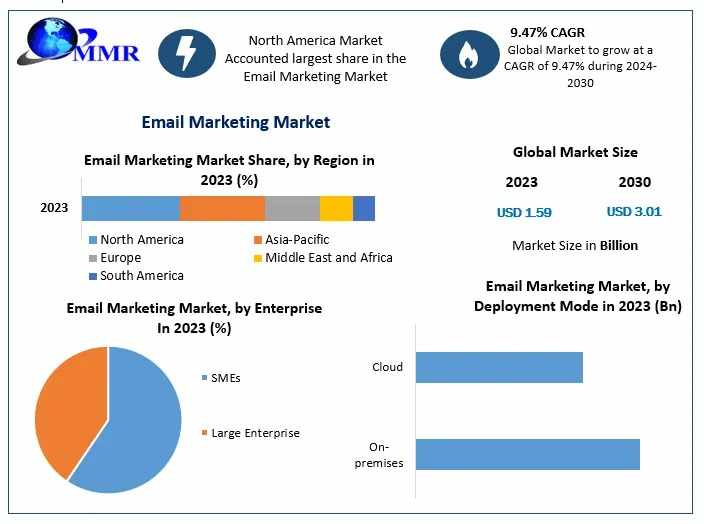
The Multi-Vendor Support Services Market has gained significant momentum in recent years as businesses seek efficient and cost-effective ways to manage their complex IT infrastructures. Traditionally, organizations relied on Original Equipment Manufacturers for support. However, the rise of hybrid IT environments, budget pressures, and the need for simplified vendor management have prompted a shift toward third-party MVSS providers.
What Are Multi-Vendor Support Services?
Multi-Vendor Support Services involve a single third-party provider offering integrated support for hardware and software products from multiple vendors. Rather than managing separate contracts and service agreements for each technology component, organizations can centralize their support, streamline issue resolution, and reduce downtime.
This model is particularly advantageous for enterprises operating legacy systems alongside new technologies, including servers, storage systems, network devices, and software applications from diverse vendors.
Market Growth and Drivers
The global MVSS market is experiencing steady growth, with projections indicating a compound annual growth rate (CAGR) of around 4–6% over the next five years. Several key factors contribute to this trajectory:
Cost Optimization: MVSS can significantly reduce support costs compared to OEM services, particularly for aging IT assets where OEM maintenance becomes expensive.
Vendor Consolidation: Businesses are embracing MVSS to reduce the complexities of dealing with multiple support vendors and streamline contract management.
Prolonged Hardware Lifespan: Many organizations are extending the lifecycle of their hardware infrastructure due to capital expenditure limitations. MVSS providers offer extended support even after OEM warranties expire.
Need for Agility and Flexibility: The dynamic nature of today’s IT environments requires flexible support solutions. MVSS vendors often offer customizable service-level agreements (SLAs) tailored to customer needs.
Rising Hybrid and Multi-Cloud Environments: The integration of on-premises, cloud, and edge environments necessitates a broader support ecosystem that MVSS providers are well-equipped to deliver.
Challenges in the MVSS Market
Despite its advantages, the MVSS market faces a few hurdles. Some organizations are hesitant to move away from OEMs due to perceived risks, such as lack of access to proprietary firmware updates or limited technical knowledge of niche systems. Additionally, market fragmentation can make it difficult for customers to identify reliable and competent MVSS providers.
Emerging Trends
AI-Driven Support Tools: MVSS providers are integrating AI and machine learning tools for predictive maintenance, real-time monitoring, and automated issue resolution.
Remote and Global Support Expansion: As remote work continues to grow, MVSS vendors are expanding their capabilities to offer 24/7 support across geographies.
Green IT and Sustainability: Supporting legacy equipment helps reduce e-waste, and MVSS providers are increasingly marketing their services as environmentally responsible alternatives to frequent hardware upgrades.
Future Outlook
The Multi-Vendor Support Services market is evolving into a strategic component of enterprise IT planning. As digital transformation accelerates and organizations seek to reduce costs while maintaining performance and uptime, MVSS providers are positioned to play a critical role.


















Write a comment ...